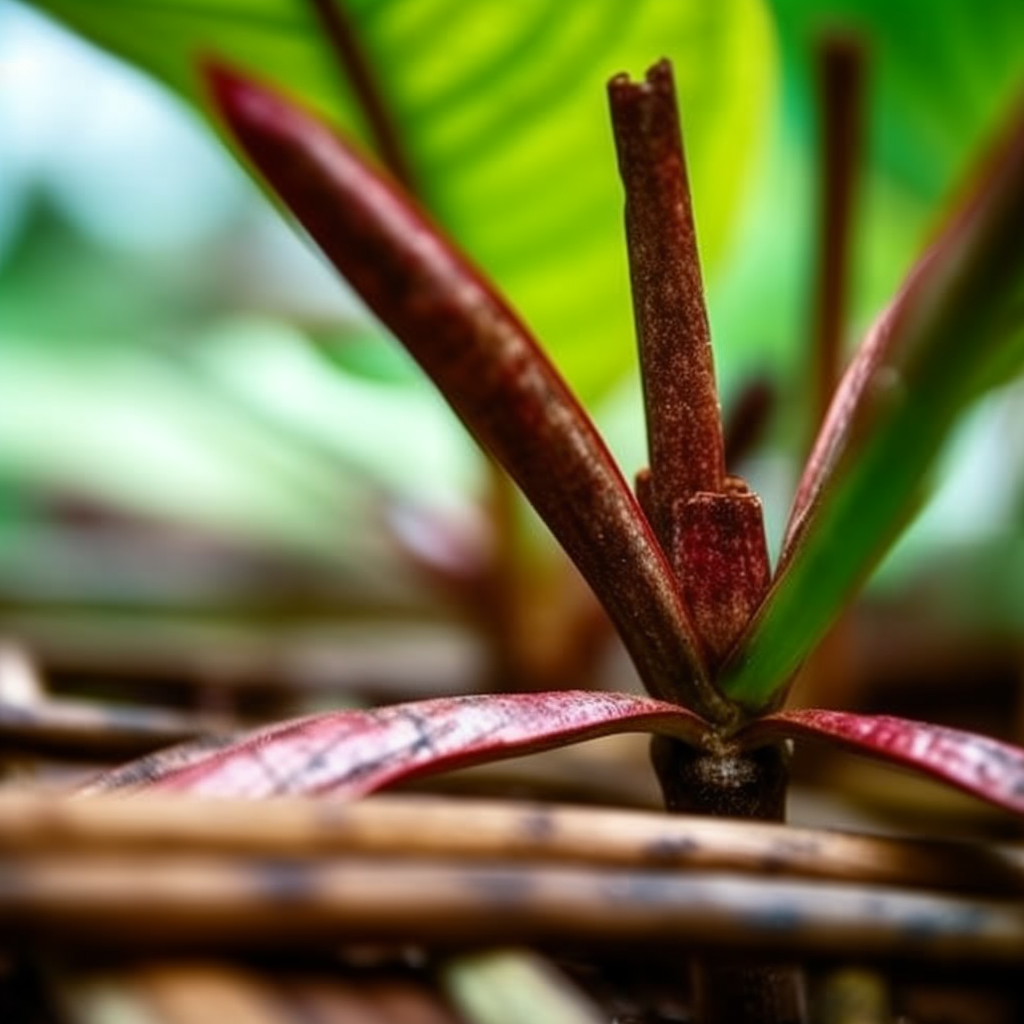Story of Day :
Contents
Cinnamon Plant: A Complete Guide and Care Tips
If you’re looking for a unique and fascinating plant to add to your garden, the cinnamon plant is an excellent choice. Not only does it have a lovely aroma, but it also has a variety of uses in cooking and medicine. In this article, we’ll provide you with everything you need to know about cinnamon plants, from their origins to how best to care for them.
What is the Cinnamon Plant?
Cinnamon comes from the inner bark of several species of trees in the genus Cinnamomum. The most common species used for commercial purposes are Cinnamomum verum and Cinnamomum cassia. These trees are native to Sri Lanka, Southeast Asia, and parts of Africa.

The cinnamon plant grows into a small tree or bush that can reach up to 20-30 feet in height if left untrimmed. The leaves of the plant are oblong-shaped and green with red veins running through them. When matured enough they will eventually turn brownish-orange.
Care Tips for Cinnamon Plants
- Location: Choose an area that receives plenty of sunlight; cinnamon plants require direct sunlight around 6 hours per day.
- Soil: The soil should be well-drained but moist; acidic soil is ideal (with pH ranging between 5-7).
- Fertilizing: Fertilize your cinnamon plants once every month during their growing season using organic fertilizer like compost tea or manure tea properly diluted with water
- Watering: Water your cinnamon plants weekly or whenever there’s no rain available unless there’s specific growing conditions where they need more watering.
- Pruning: You can prune cinnamon plants regularly to maintain their shape and avoid overcrowding. Pruning should be done after the plants have produced flowers or fruit at the end of the growing season.
.

Uses of Cinnamon Plant
Cinnamon has been used for centuries in cooking, medicine and perfumes. Some common uses for cinnamon include:
- Cooking: Cinnamon is a popular spice used in a variety of sweet and savory dishes, cakes, cookies, teas and beverages.
- Medicine: Cinnamon has anti-inflammatory properties that aid in digestion and lower blood sugar levels; it’s also considered an antifungal agent that may help kill harmful bacteria or fungi if ingested properly.
- Perfumes & Aromatherapy: The fragrance from cinnamon bark oil is used as an ingredient in many perfumes, scented candles, air fresheners as well as aromatherapy oils due to its calming effects on people when diffused into the air or mixed with other essential oils like lavender or peppermint oil.

The Risks Involved In Consuming Too Much Cinnamon
Cinnamon consumption should be limited to moderate amounts; consuming too much can lead to negative side effects such as liver damage due to overloading on coumarin – a natural substance found in high amounts within some types of cinnamon. According to researches ground cassia cinnamon contains higher levels than “true” ceylon cinnamon making it less favorable option if you plan using larger amounts daily over time. While this isn’t likely unless you’re mixing large doses into your diet for medicinal purposes without the help of a doctor, it’s essential to keep this in mind for your long-term health and safety.
Conclusion
Cinnamon plants make for an excellent addition to any garden. With proper care and attention, they can thrive and provide you with a delightful aroma throughout the year. Whether you’re interested in using cinnamon for cooking or medicinal purposes, it’s well worth taking the time to cultivate your own crop of fresh cinnamon at home. So why not try adding one today?

